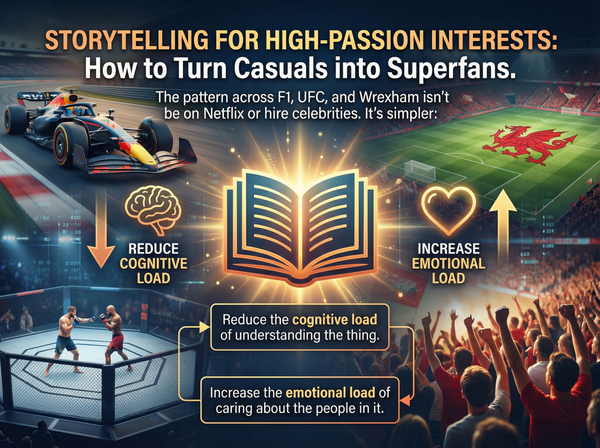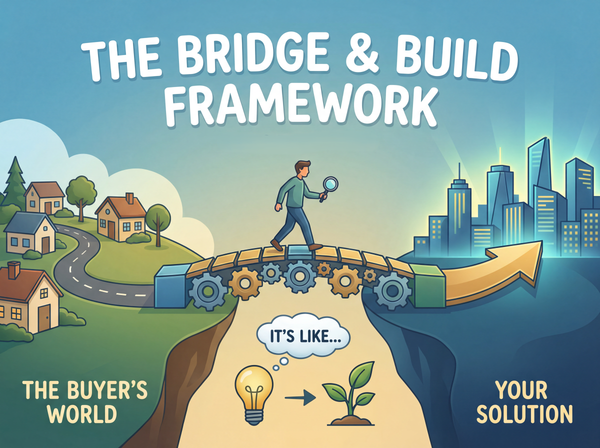Video Ad Script Formula: Visual Hooks, Pacing & Psychology
Creating a video ad that spreads isn’t luck, it’s structure. The video ad script formula combines psychology, visual storytelling, and conversational dialogue to grab attention in the first three seconds and keep viewers watching until the final call-to-action.
In this guide, you’ll learn:
- The proven visual hooks that stop the scroll
- How to use color psychology and pacing for engagement
- A step-by-step script structure that builds emotion and drives shares
- Platform-specific tips for TikTok, Instagram Reels, YouTube, and LinkedIn
What Is the Video Ad Script Formula?
The video ad script formula is a repeatable structure designed to maximize watch time, engagement, and shareability.
30-Second Formula (simple timing map):
- 0–3s: Hook (pattern interrupt or visual intrigue)
- 3–7s: Problem (relatable pain point)
- 7–12s: Intrigue/Proof (demo, reveal, or social proof moment)
- 12–20s: Solution Reveal (show transformation or product payoff)
- 20–25s: Social Proof (real reaction, UGC, or testimonial)
- 25–30s: Call-to-Action (finishes the story, not just buy now)
This pacing works across platforms - shorter cuts for TikTok and Reels, longer emotional builds for YouTube.
Visual Foundations: Hooks That Stop the Scroll
Your opening visual is your one chance to earn attention. Research shows nearly half of ad value is delivered in the first 3 seconds, so the hook matters most.
Proven Visual Hooks
- Pattern Interrupts: Unexpected imagery that breaks routine (e.g., a business ad opening with someone eating cereal in their car).
- Visual Contradictions: Something that doesn’t quite add up until revealed (e.g., stairs in an upside-down house).
- Extreme Close-Ups: Familiar objects shown in surprising ways (e.g., coffee bubbles used to symbolize stress relief).
- Scale Manipulation: Playing with size expectations (e.g., a mountain climb revealed as playground equipment).
- Temporal Disruption: Starting mid-action (e.g., someone crying tears of joy with no context) and working backward.
Color Psychology & Emotional Triggers
Colors are more than design - they influence emotion and cultural meaning.
- High-Contrast Palettes
Neon + dark tones for energy and attention on TikTok/IG. - Monochromatic Schemes
Single-color dominance for mood consistency (red = urgency, blue = trust). - Color Journeys
Transition from muted → vibrant to show problem → solution. - Cultural Nuances
White = purity in the West, mourning in some Eastern cultures; red = luck in China, danger in the West.
Platform tip: Bright saturation wins on Instagram/TikTok, while LinkedIn favors professional palettes.
Movement & Pacing: The Rhythm of Engagement
Understanding the rhythm of visual storytelling is crucial for maintaining viewer attention. The pacing of your visuals should mirror the emotional intensity of your message and match the viewing habits of your target platform.
- Quick Cuts (1–2s): Great for comedy, product demos, or energy.
- Long Takes (5+ s): Build trust, emotion, or intimacy (testimonials, reveals).
- Psychological Rhythm: Alternate speed—fast cuts to excite, slower beats to land emotion.
- Match Music: Align edits with audio for impact.
- Rule of Threes: Deliver information in sets of three for memorability.
Script Mastery: Words That Move People
Great visuals stop the scroll. Great scripts earn the share.
Emotional Architecture
Every viral ad script follows an emotional journey, but the best ones subvert expectations along the way while maintaining psychological authenticity.
- Setup: Create an expectation (a normal morning routine).
- Subvert: Surprise (it’s not a normal day - it’s their first day post-trauma).
- Satisfy: Resolve with meaning (your product supported their recovery).
Dialogue That Doesn’t Sound Like Ads
- Use conversational cadence (interruptions, slang, natural speech).
- Allow imperfections (um, half sentences) for authenticity.
- Lean on subtext - show emotion through behavior, not just words.
- Include quotable moments that feel organic, not forced.
Shareability Psychology
People share content to express identity and connect. Scripts should provide:
- Social currency: Something smart, funny, or insightful to share.
- Conversation starters: What would you do? moments.
- Meme potential: Visuals or lines that can be remixed.
- Emotional contagion: Joy, surprise, or vulnerability that feels authentic.
Integration: Where Visual & Script Sync
The most powerful ads sync visuals and words so each adds something new:
- Show, Don’t Tell: Let visuals carry emotion while dialogue adds context.
- Visual Metaphors: Abstract ideas shown concretely (e.g., time saved as minutes collected in a jar).
- Editorial Choices: Unexpected cuts and juxtapositions can create humor, irony, or emotional weight.
Cultural Moments & Timing
Understanding and leveraging cultural timing can be the difference between content that feels relevant and content that feels forced or tone-deaf.
Riding Cultural Waves Authentically
The most viral content taps into cultural moments, but does so in ways that add to the conversation rather than simply exploiting trending topics. Instead of slapping your logo onto the latest meme, consider how your brand's values or products genuinely relate to current cultural conversations. The best cultural marketing feels like a natural extension of ongoing discussions rather than an interruption.
Seasonal Psychology and Emotional Cycles
Different times of year affect audience mindset in predictable ways. January content should feel fresh and optimistic, tapping into resolution energy and new beginning psychology. March content can acknowledge winter fatigue and spring anticipation. October content can embrace transformation and change, while December content often succeeds with themes of reflection, gratitude, and connection.
Understanding Micro-Seasons
Beyond traditional seasons, digital audiences experience micro-seasons around events, news cycles, and cultural phenomena. Back-to-school season affects parents regardless of whether they have school-age children. Awards season creates cultural conversations about excellence and recognition.
Measuring True Viral Success
Virality isn’t just about views - it’s about resonance and results.
- Engagement over reach: 100K engaged > 1M passive views.
- Emotional metrics: Track comments and sentiment, not just clicks.
- Brand lift: Viral ads should improve perception and long-term loyalty.
FAQ: Video Ad Formula
Q: What is the ideal length for a video ad?
A: 15–30 seconds for social feeds, longer narratives (60–90s) work best on YouTube.
Q: How do I hook viewers in the first 3 seconds?
A: Start with a pattern interrupt or contradiction directly tied to your audience’s pain point.
Q: How many cuts should a 30s ad have?
A: 12–18 short shots with 1–2 longer breathers typically balance clarity with energy.
Q: Which colors convert best in ads?
A: Match emotion + platform: bright contrast on TikTok/IG, muted professional tones on LinkedIn.
Q: How do I measure if my ad is viral?
A: Look at share rate, comment depth, and repeat watch time - not just raw views.
The Art and Science of Virality
The best video ads don’t feel like ads. They feel like experiences worth sharing.
Use visuals to grab attention, scripts to build emotion, and cultural timing to stay relevant.
Virality isn’t about reaching everyone - it’s about deeply connecting with the right audience so they become advocates for your message.
Keep Crushing!
- Sales Guy


